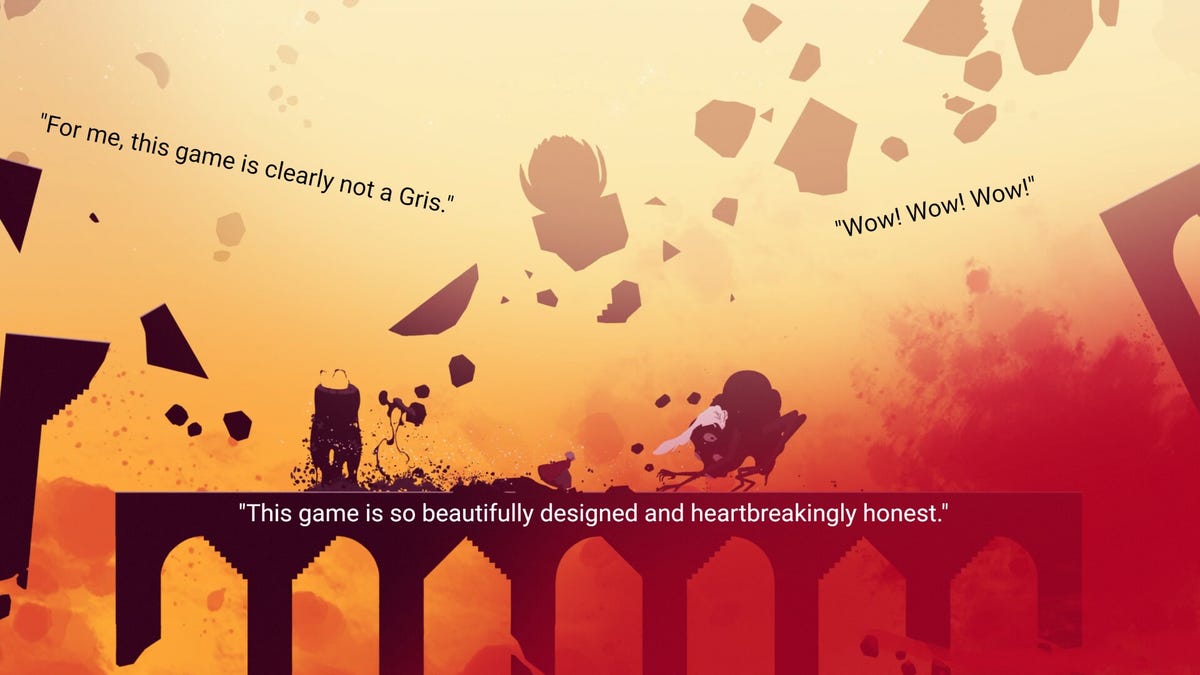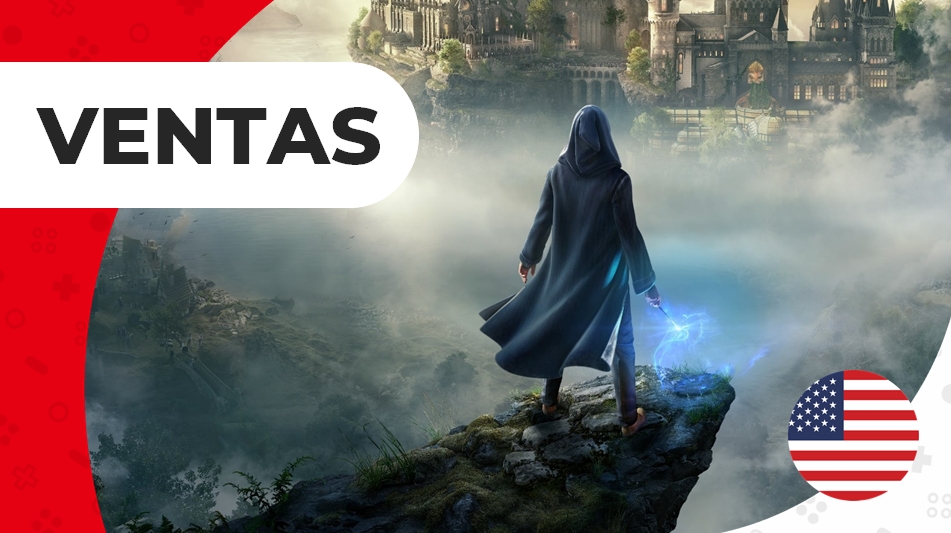Preserving retro games in 2024 might be a pretty lackluster endeavor, but luckily we have developers like Aspyr. Over the past two decades, the studio has helped bring to life several beloved classics that were once stranded on outdated hardware. These include Fahrenheit, Stubbs the Zombie in Rebel Without a Pulse, and a number of older Star Wars titles released during the PS2 era.
The studio’s latest project is its most ambitious yet, as it’s a remastered collection of the three original Tomb Raider games for PS1. Includes all previously released expansions as well as revised controls and graphics. With this collection, Asypr comes full circle, as one of his first published projects was Tomb Raider II for MacOS in 1998.
Let’s start with the biggest change that the collection brings: the visual aspect. With the push of a button you can switch between the old and remastered graphics, and the difference is truly night and day. Aspyr has polished the game in every way, improving lighting, textures, menu options and character models. Additionally, the frame rate has been increased to 60 FPS, making the game run better than ever.
Advertising:
However, not everything is rosy when it comes to visual improvements as I found some environments to be too dark. From time to time I had to switch to the classic images to make sure there weren’t any platforms I missed. In terms of scenes, I didn’t find them particularly impressive either. Apart from the removal of some grain and slight sharpening of the edges, they are almost identical to the appearance in the original versions, only in widescreen format.
As for the games themselves, I want to start off by praising how incredibly valuable this package is. For the modest price of 26.99 dollars you get three classics of the genre including expansions that can last between 15 and 25 hours. This time could be even longer if you take into account all the hidden artifacts you find there.
Advertising:
I have to admit that I hadn’t played the original trilogy at the time of its release, but since they were classics of their time, I was keen to give them a try. Without going into too much detail, I found the games to be a really fun mix of platforming, action and puzzle-solving, and I liked that the levels were concise and varied. Returning to these older titles was a nice glimpse into the past, and it was refreshing how simple and straightforward they seemed compared to the big AAA games we’re used to today.
When I first played this remastered trilogy, my biggest challenges were the in-game camera and platforming. When preparing a jump, you must stand right on the edge of a ledge and use the action button to go up. It’s a really strange concept to get used to at first, and I was constantly falling or slipping in spike pits and hearing Lara break every bone in her body. Another major obstacle was the camera, which constantly blocked my view as I tried to make precise jumps.
Fortunately, Aspyr offers the ability to upgrade to modern controls that are much more natural and intuitive. The tank controls have been replaced with full 360 degree movement, making navigating the environment much easier. Shooting controls have also been mapped to the rear triggers, which is more in keeping with modern titles rather than having to press buttons on the front of the controller.
Another point that frustrated me was the game’s save system. Perhaps as an unintentional nod to the era in which the games were released, the collection requires manual saving and there is no autosave when completing a level. It can be quite a pain to remember, and I ran into a pretty nasty bug that completely wiped out all my save data from a gaming session. The beauty of this is that you can use manual saves as save states to overcome the game’s awkward controls and platforming.
In the end, I was pretty hesitant about Tomb Raider I-III Remastered. It brings together three classic PS1 games in one package, and now they look and play better than ever. On the other hand, the outdated features such as manual saving, the cumbersome camera, and the difficult-to-master controls can be a barrier to entry for newcomers. If you want to enjoy some of the PS1’s most famous titles on modern hardware, it’s worth a try for the price, but be sure of what to expect.















